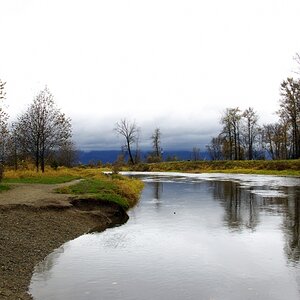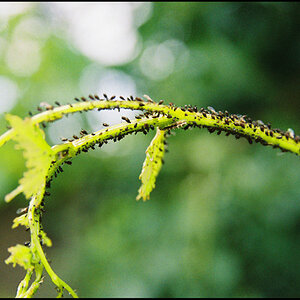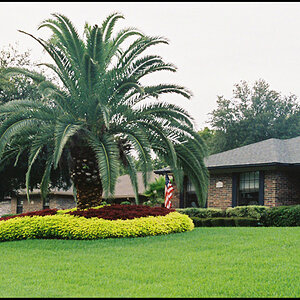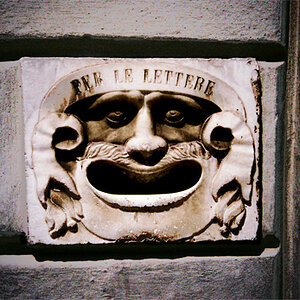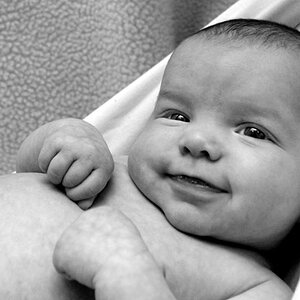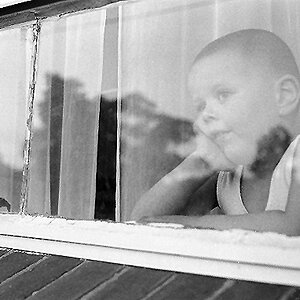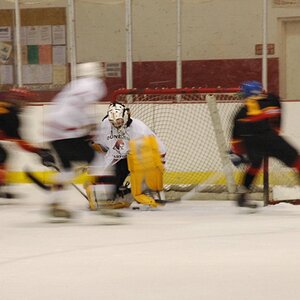batmura
No longer a newbie, moving up!
- Joined
- Sep 19, 2012
- Messages
- 649
- Reaction score
- 240
- Location
- Istanbul, Turkey
- Can others edit my Photos
- Photos OK to edit
I am a beginner and shoot a D3100.
Yesterday I took my tripod for the first time and went to the seaside to take some manual shots. I metered off the sky and took a picture. It came out washed out although I had ajusted for the correct exposure. Then I took the same shot on Auto mode and it came out great. Any idea what I might have done wrong?
I did this around 6 p.m. by the seaside. Here is the auto shot:
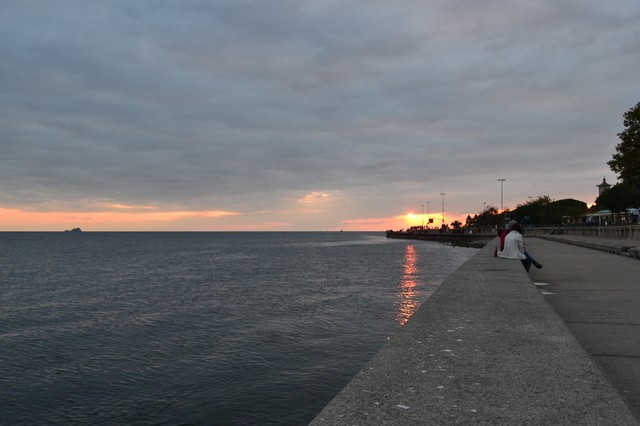
And here is the one I took:
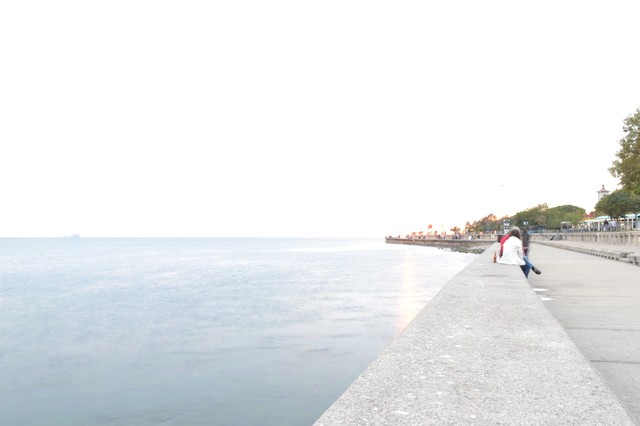
I did not change any metering settings unless I did unknowingly. What I did was point my camera to the sky (on a tripod), do the meter reading, leave me ISO at 100, and fiddle with the shutter speed until the meter read 0. Then I took the shot and it came out very washed out. Immediately after, I took the same shot on auto and it was much better.
Please advise.
Yesterday I took my tripod for the first time and went to the seaside to take some manual shots. I metered off the sky and took a picture. It came out washed out although I had ajusted for the correct exposure. Then I took the same shot on Auto mode and it came out great. Any idea what I might have done wrong?
I did this around 6 p.m. by the seaside. Here is the auto shot:

And here is the one I took:

I did not change any metering settings unless I did unknowingly. What I did was point my camera to the sky (on a tripod), do the meter reading, leave me ISO at 100, and fiddle with the shutter speed until the meter read 0. Then I took the shot and it came out very washed out. Immediately after, I took the same shot on auto and it was much better.
Please advise.



![[No title]](/data/xfmg/thumbnail/31/31086-ae0d6678ca78859132ce5375d5300961.jpg?1619734602)

